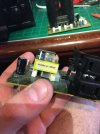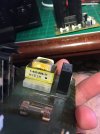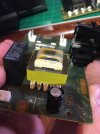FriedChicken
Active Member
- Joined
- Mar 10, 2021
- Messages
- 128
- Likes
- 53
I'm simply curious. I have an analog o-scope, and a ****** function generator. I'm wondering how I can test equipment? I even have a couple power resistors, although I don't see why a lightbulb wouldn't work lol



